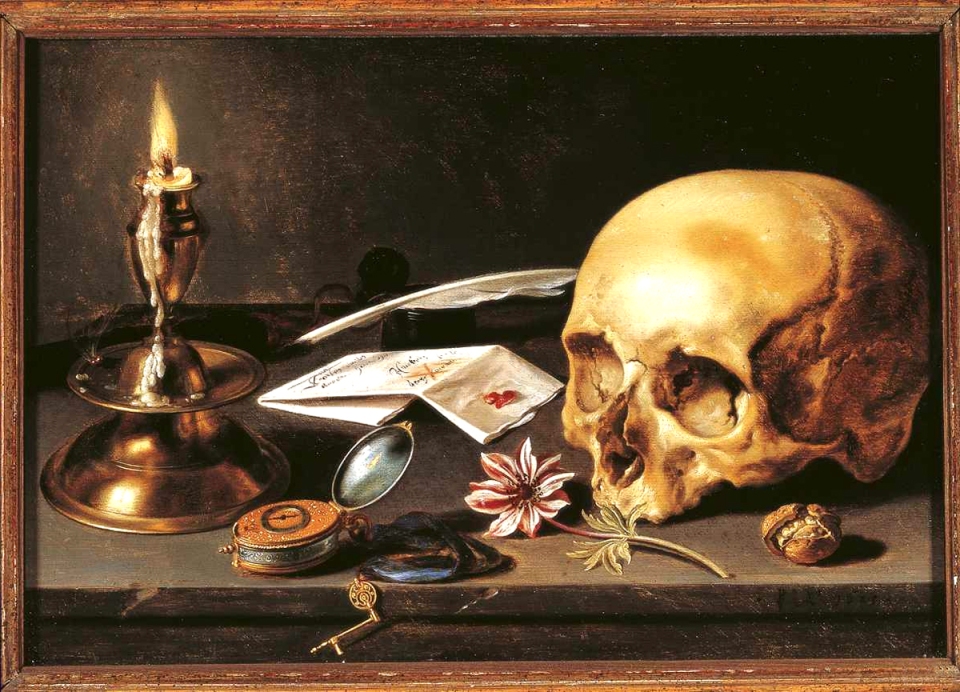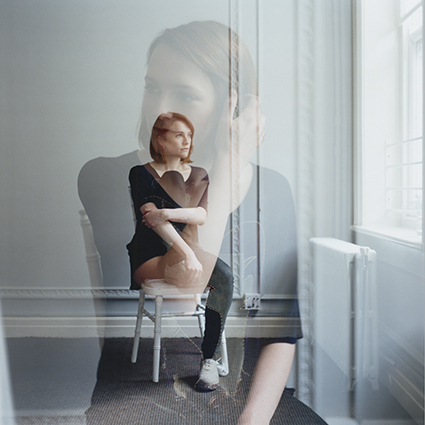Self portrait is a unique theme in photography, usually one that is personal to the photographer. Items and objects when used to represent something can promote self reflection and self investigation through photography. There is a direct link between photography and how it influences us in our idea of the development of self. Imagery within the bracket of self portraiture can often make us respond with questions like:
-who are we?
-what is the message in the image that I can relate to?
-How do we relate it to our personal history?
-Are self portraits just for artists?
-What is work connected to?
-Photographers method and process?
-How far can you communicate with ides of self portrait?
The hybrid nature of self portrait is a multi disciplined technology, the unique aspect of which allows the artist the opportunity for self reflection using the work as a tool for investigation. But to understand an artists self portrait do you have to be an artist? To a certain extent I would say yes, but only where objects are concerned. Well mainly what they symbolise, then again anyone can draw conclusions from the representation in the image. Usually we reflect on images with a personal intervention on our own experience and memory, a photograph can effect anyone no matter their background. I just suppose a background and knowledge of symbolism could help, as someone who doesn’t make imagery could be at a loss.
The composition plays a key part in bridging the gap between identity and representation. Staging for example plays a part in our reading as it allows clues. For example Sarah Lucas’s work that I looked at under the theme of metaphor and allegory is a perfect example of how staging influences our reading of an image. The masculinity in her pose and he general attitude toward the camera challenges stereotypical roles of gender. The open pose alludes confidence but also shows an air of venerability about her, of being exposed in front of the camera.
More often than not in photography the photographer becomes the subject, acting out ideals that are generated through a practise based setting which allows the audience to directly connect with the image. Most photographers create versions of persona being playful with how the photograph can elaborate on the notion of identity and our sense of self. By placing something theatrical, or using physical props that we can make a connection with through symbolism. This alludes to a strong conceptual ideal of the photographer and tests the audience to make a connection with the image. Today’s technology in photography can represent a number of things; which we are lucky to have; including: Performance, Situation, Narrative, Tests of process, Self reflection and a nuanced gesture to camera devised through photographic training.
What interests me is that there are a few photographers out there that attempt self portraiture without being the subject themselves. Like Laurence Demaison. Using self portraiture to emanate the overall feeling of ‘self’ in the viewer. A self reflection that I want to promote in my photography of objects and the relationships we place on them. Time alters both the technology and the reading of a piece. Through changing technology and cultural references it is sure that people of this century will read a photograph differently to that of an 19th century person. What will people think of images in the future?
Npg.org.uk, (2015). National Portrait Gallery – Sarah Lucas Self-Portraits. [online] Available at: http://www.npg.org.uk/whatson/display/2011/sarah-lucas-self-portraits.php [Accessed 10th Mar. 2015].


